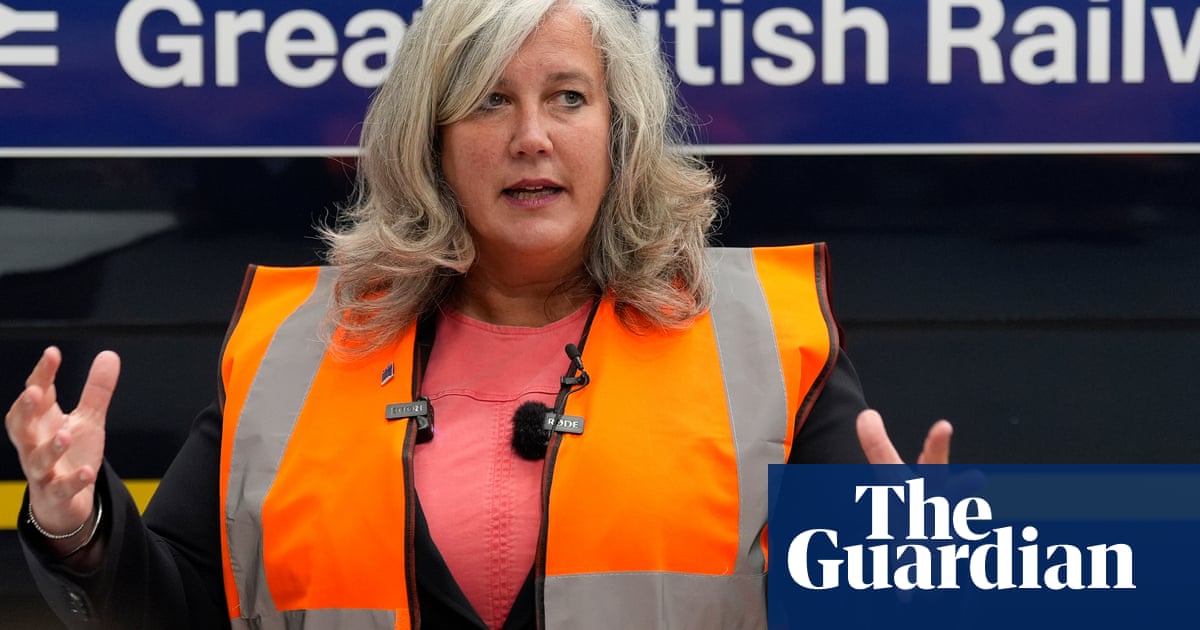Sarah Nankivell is correct when she says that rail nationalisation must succeed (A great prize, but a great risk: why we all need the nationalised South Western Railway to work, 28 May). While the nationalisation of South Western Railway and the government’s commitment to a publicly owned Great British Railways are welcome first steps, this is not the end of the line.
The continued outsourcing of essential services – such as track and train improvements, cleaning, security and elements of station staffing – perpetuates a two-tier workforce and undermines the goals of public ownership. These outsourced roles often come with poverty wages, a lack of sick pay and inadequate pension provisions, disproportionately affecting workers from black and minority ethnic communities.
Outsourcing also drains public funds.According to RMT analysis, outsourcing and subcontracting firms extract about £400m annually in profits from rail contracts. This is money that could be reinvested into the railway system to improve services and reduce fares.
There is growing support for an alternative to outsourcing supported by Labour’s pledge to preside over the “biggest wave of insourcing for a generation”. The Welsh government has already begun to insource rail services, while the London mayor,Sadiq Khan, is actively considering insourcing thousands of tube cleaners. For rail nationalisation to succeed, integrating and insourcing all aspects of our railways into public hands must be the goal.Eddie DempseyRMT general secretary
I do not believe for an instant that renationalising the train operating companies will either make the trains run better or reduce ticket prices. The performance of my local company, Northern, which has been in the public sector for a good while now, is proof of that (‘New dawn’: first train service renationalised under Labour begins, 25 May).
But it is worth calling out the Conservative party claims that private ownership has kept costs down for the lie that it is. Before privatisation in 1994, British Rail received ataxpayer subsidy of under £1bn. And it was falling. Post-privatisation, this soared to over £5bn at one point and is today still far higher than in 1994, even though, according to the Department for Transport’s own figures, rail fares had risen byabout a fifthin real terms by 2017, delivering an additional “hidden subsidy” of £2bn per year because of the higher prices travellers are paying.
The challenge now is achieving financial stability for the rail network in a post-pandemic world where fewer commuters are buying season tickets and fewer business trips are being made in favour of web-based virtual meetings. At least the dividends and grotesque executive salaries siphoned out of the industry by the private sector over the past 30 years will be available to help balance the books.Alan WhitehouseBarnsley, South Yorkshire
